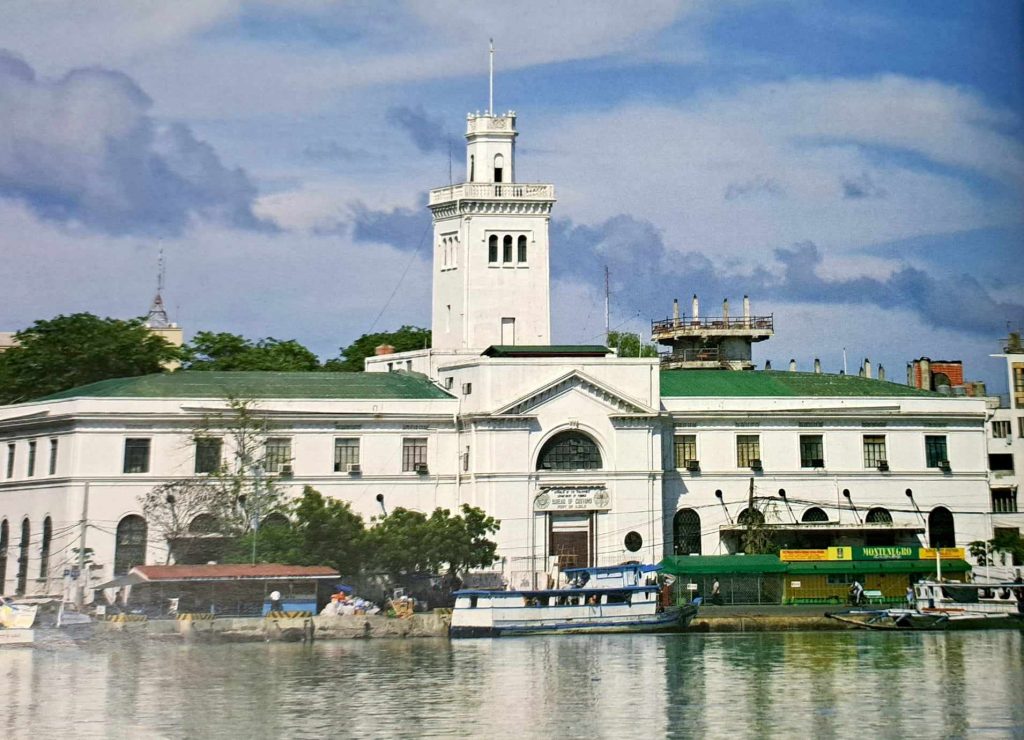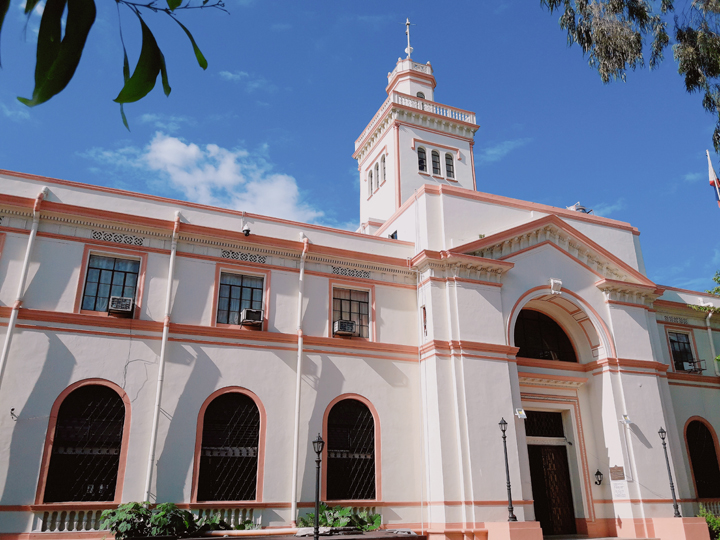The text is from the Museum of Philippine Maritime History.
The Iloilo custom-house, as the name implies, is a building constructed to furnish and store room space for the local custom-house although it might be more accurately described as the Iloilo Insular Building, for it will also provide space for the post office as well as for the local offices of the Weather Bureau, the Bureau of Science, and possibly for the branch of the National Bank.
During the past ten years, the custom house at Iloilo has occupied an inadequate structure of Spanish design and construction.
The other offices which will share the new structure occupy unsatisfactory rented quarters. The new building is intended, therefore, to provide better quarters for these offices, and to save money now spent on rentals.
Both the port and customs house are witnesses to the role that Iloilo has played being an important city outside of Manila and Luzon when it comes to exporting and importing goods to and from different parts of the world. This development coincides with Iloilo’s booming economy focused on large-scale sugarcane cultivation and sugar production. Iloilo became a center of trade with a direct link to the global market, thus gaining the title “Queen City of the South.”

The Design of the Customs House
Due to its unique architecture and neo-classical design, the customs building is an important visible landmark when approaching the port of Iloilo. The two-story building with a tower rising in the middle was built in 1916 based on the plan prepared by Ralph Harrington Doane, the consulting architect of the Bureau of Public Works. The customs house of Iloilo follows the neoclassical style in architecture that is characterized by grandeur of scale, simplicity of geometric forms, dramatic use of columns, and a preference for blank walls.
A Witness to the Development of Iloilo
The aduana building is connected to the historic development of Iloilo that has taken place since the opening of the international port in 1855. Trading transactions such as the recording of the type and quantity of goods and the payment of the corresponding duties levied on goods are carried out in different offices housed in this building. It is strategically located overlooking the Batiano River and Iloilo Strait.

Read also: List of Iloilo City Cultural Heritage Sites
Restoration of the Iloilo Customs House
Recognized as a heritage structure, the Iloilo customs house underwent renovation from 2017 to 2018. The project was initiated by the National Historical Commission of the Philippines (NHCP). This is in line with one of the agency’s mandates to spread historical knowledge and increase the historical awareness of the Filipinos through the renovation, restoration, and preservation of historic sites and structures.
The renovation project includes reinforcing concrete walls, replacing doors and windows, and refurbishing the floor. The eaves were also strengthened and the roof of the building was replaced. Being an important part of the structure, the tower of the customs building was restored, to its original state.
The Building and the City
The Iloilo customs house underwent restoration again in 2021 to prepare its ground floor as the location of the Museum of Philippine Maritime History.
Among the works done were the removal of partitions, replacement of damaged or lost decorative moldings, installation of new flooring, doors, and windows, repainting, plumbing, and electrical and mechanical works.

Thanks!